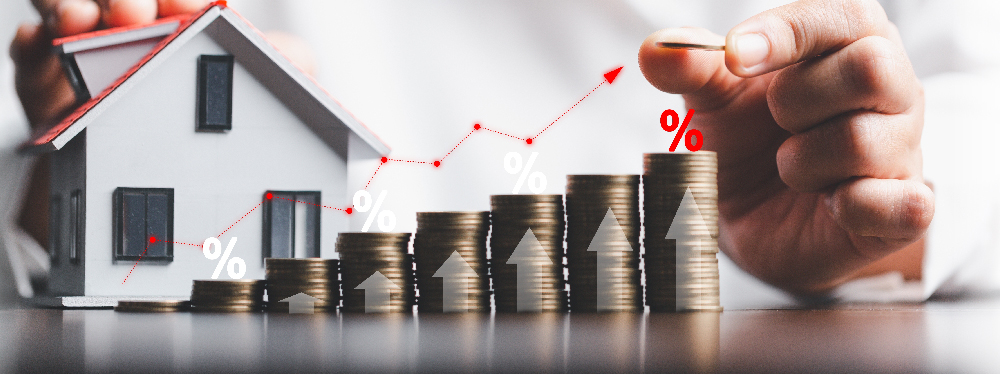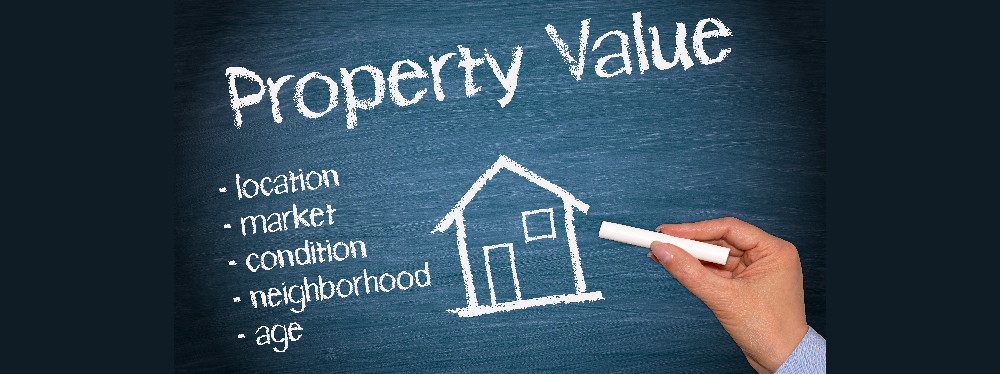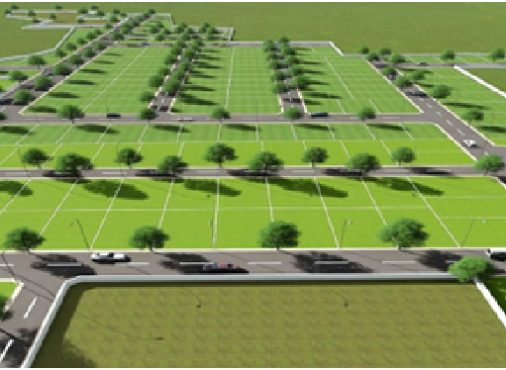Have you ever wondered how much your dream home is actually worth? Or perhaps you’re curious about the value of your current property? Finding your dream home is exciting, but understanding its value is crucial for making prudent decisions.
In this comprehensive guide, we’ll learn how to calculate property value, providing you with the knowledge and methods to assess any property confidently.
Methods to Calculate Property Value
There are many methods to help you to know how to calculate property value. Some of the crucial ones are given below:
-
Sales Comparison Approach
This method includes comparing your property to similar properties that have recently sold in the same area. By analysing factors such as size, location, condition, and amenities, you can get a good idea of what buyers are willing to pay for comparable properties. This approach is most reliable when there are a sufficient number of recent sales of similar properties for easy comparison.
-
Cost Approach
This method focuses on the cost of replacing the property with a new one of similar size and quality. This method is typically used for newer properties or those with unique features that are difficult to compare to other properties.
To calculate the value using the cost approach, you would first need to find the answer to how to know the market value of land. Then, you would estimate the cost of construction, including materials and labour. Finally, you would deduct depreciation from the total cost to arrive at the estimated market value.
-
Income Approach
For income-producing properties, such as rental apartments or commercial buildings, the income approach is often used. This method does the property value check based on its potential to generate income.
By analysing the property’s rental income, operating expenses, and capitalisation rate, you can calculate the property’s net operating income (NOI). The NOI is then capitalised, using the appropriate capitalisation rate, to arrive at the estimated market value.

Also Read: Form 27Q TDS Return for NRI Payments in 2024
Sales Comparison Approach in Detail
The sales comparison approach, also known as the market data approach, is a widely used method for calculating property value by comparing it to similar properties that have recently sold in the same area.
This approach is based on the principle of substitution, which states that a buyer will not pay more for a property than the cost of acquiring a comparable property.
-
Steps to Identify Comparable Properties
The first step in the sales comparison approach is to find out comparable properties. These are properties similar to the subject property in terms of size, location, condition, and amenities. Ideally, the comparable properties should have sold within the past six months and be located within close proximity to the subject property. Then, a weighted average or adjusted price is calculated to determine the market value of the subject property.
-
Adjusting for Differences in Size, Amenities, and Location
Once you have identified comparable properties, you need to adjust for any differences in size, amenities, and location. For example, if the subject property is larger than the comparable property, you would need to add an adjustment to the comparable property’s value to account for the additional square footage.
Cost Approach Explained
The cost approach, also known as the summation approach, helps you understand how to calculate property value by adding the value of the land to the cost of replacing the structure. This approach is typically used for newer properties or those with unique features that are difficult to compare to other properties.
-
Estimating the Land Value
The first step is to answer how to know the value of land. This can be done by comparing the subject property to similar vacant land parcels that have recently sold in the area.
-
Calculating the Replacement Cost of the Structure
The next step is to calculate the structure’s replacement cost. This involves estimating the cost of constructing a new building of the same size, quality, and features as the subject property.
-
Accounting for Depreciation and Obsolescence
Finally, you need to account for depreciation and obsolescence. Depreciation is the loss of value due to wear and tear, while obsolescence is the loss of value due to changes in design or technology.
Income Approach Breakdown
The income approach, also known as the capitalisation approach, is a method for a property value check based on its potential to generate income. This approach is typically used for income-producing properties, such as rental apartments or commercial buildings.
-
Calculating Net Operating Income (NOI)
The first step in the income approach is to calculate the property’s net operating income (NOI). This is the property’s total income minus its operating expenses, which include property taxes, insurance, maintenance, and utilities.
-
Determining the Capitalization Rate
The next step is to determine the capitalisation rate or cap rate. The cap rate is a percentage that reflects the relationship between the property’s NOI and its market value. A higher cap rate indicates a higher risk and a lower value, while a lower cap rate indicates a lower risk and a higher value.
In India, the typical cap rate for residential properties ranges from 2% to 4%, while the cap rate for commercial properties can range from 6% to 10%.
-
Applying the Formula to Determine Property Value
Once you have calculated the NOI and the cap rate, you can use the following formula to determine the property’s value:
Property Value = NOI / Cap Rate
For example, if a property has an NOI of ₹4,80,000 and a cap rate of 7%, its estimated value would be ₹6.86 lakhs (₹4,80,000 / 0.07).
Government Valuation Methods
In India, the government plays a significant role in property valuation through various methods, including:
-
Ready Reckoner Rates
Ready reckoner rates are government-determined minimum property values based on factors such as location, type of property, usage and size. These rates are used for various purposes, including property tax calculation and stamp duty assessment.
-
Government Guidelines for Property Valuation
The government also provides guidelines for professional valuers to follow when answering how to know property value. These guidelines ensure consistency and transparency in the valuation process.
-
Example of Government Valuation Calculations
For example, in Mumbai, the ready reckoner rate for a 1,000-square-foot apartment in a prime location could be ₹20,000 per square foot. This means the minimum value of the apartment would be ₹2 crores (₹20,000 x 1,000).
Using government valuation methods provides a reliable and standardised approach to property valuation, ensuring fairness and transparency in real estate transactions.
Also Read: What is Carpet Area, Built-Up Area, and Super Built-Up Area?
Takeaway
Understanding your property’s value is crucial, whether you’re buying, selling, or simply curious. There are many methods available that will help you learn how to calculate property value. Each method offers a unique perspective on value, and choosing the right approach depends on the property type and available data.
Rustomjee is committed to empowering you on your property journey. Let us help you find your dream home or unlock the full potential of your current property. Contact us to explore our properties under 3 crore and fulfil your dreams for residential property today!
FAQs
- How often should property value be reassessed?
Property values should be reassessed every few years to account for changes in market conditions and local factors.
- What documents are required for property valuation?
Documents required for property valuation include title deeds, property tax receipts, and recent comparable sales data.
- How does property age impact its value?
Property age can impact its value in several ways, including depreciation, maintenance costs, and outdated features.
- What are the key differences between market value and fair market value?
Market value is the price a buyer is willing to pay for a property, while fair market value is the price a buyer would pay for a property without any undue pressure or influence.
- How do government guidelines help?
Government valuation guidelines standardise the methodology used to determine a property’s worth, providing transparency and consistency for professional appraisals.
- Which method is best for property valuation?
The best method for property valuation depends on the property type and other factors. The most common methods are the income approach, sales comparison approach, and cost approach.







